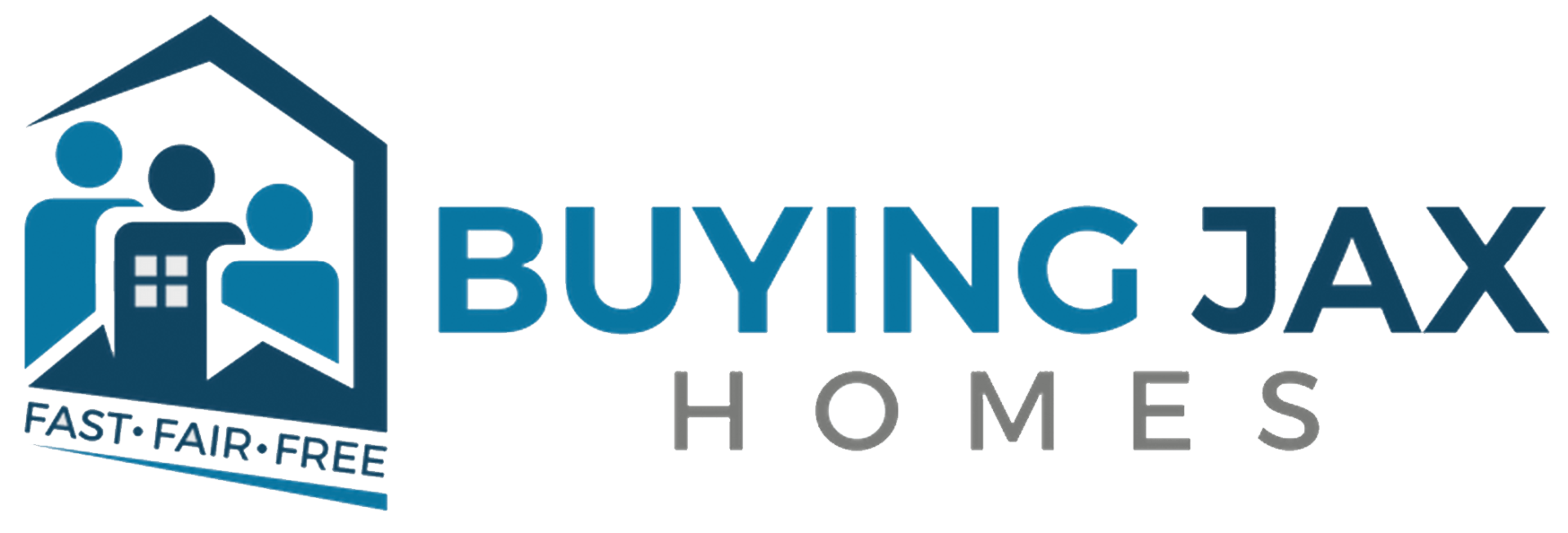
Homeowners Association (HOA) restrictions and rules are a common feature of many planned communities and condominium complexes. These associations, which are typically made up of the homeowners in the community, are responsible for maintaining common areas, enforcing community standards, and managing the community’s finances. While HOAs can provide many benefits to homeowners, such as well-maintained common areas and a sense of community, they can also impose significant restrictions on what homeowners can do with their property.
One of the most common types of HOA restrictions is architectural control. This means that the association has the authority to approve or disapprove any changes to the exterior of a home, such as painting, landscaping, or adding an addition. The purpose of these restrictions is to maintain the aesthetic of the community and ensure that all homes conform to certain standards. However, these restrictions can also be a source of frustration for homeowners who want to make changes to their property.

Another common type of HOA restriction is the use of common areas. Many associations have rules about how common areas, such as swimming pools, parks, and clubhouses, can be used. For example, an association may have rules about when and how often common areas can be used, or may prohibit certain activities, such as smoking or loud music. While these rules are designed to ensure that everyone can enjoy the common areas, they can also be a source of frustration for homeowners who feel that they are being restricted in their use of the community’s amenities.
HOAs also often have rules about parking, particularly in condominium complexes. These rules may prohibit certain types of vehicles, such as commercial trucks or recreational vehicles, or may limit the number of vehicles that can be parked in a designated area. While these rules are designed to ensure that everyone has access to parking and to maintain the aesthetic of the community, they can also be a source of frustration for homeowners who need to park multiple vehicles or have a specific type of vehicle.

In addition to these restrictions, HOAs also have financial obligations. Homeowners are typically required to pay regular dues or assessments to the association, which are used to pay for the maintenance and upkeep of the community. These dues can be a significant expense for homeowners, especially if they are unexpected or if the association raises the dues without sufficient notice.
Despite these restrictions and obligations, many homeowners choose to live in communities with HOAs because of the many benefits they provide. For example, well-maintained common areas and a sense of community can increase property values and make the community a more desirable place to live. Additionally, many homeowners appreciate the fact that the HOA is responsible for maintaining the community, which can free them from the time and expense of doing it themselves.

However, it is important for homeowners to be aware of the restrictions and obligations that come with living in a community with an HOA. Before buying a home in a planned community or condominium complex, homeowners should carefully review the association’s covenants, conditions, and restrictions (CC&Rs) and bylaws, as well as the community’s budget and financial statements. This will help them understand what they can and cannot do with their property and what they can expect in terms of dues and assessments.
Homeowners should be aware of their rights in relation to the HOA. Homeowners have the right to attend and participate in HOA meetings, review financial records, and vote on important issues. They also have the right to bring up concerns or issues to the board of directors and request changes to the association’s rules or policies. However, it’s important to note that the rights of homeowners may vary depending on the state laws and the specific rules of the HOA.

